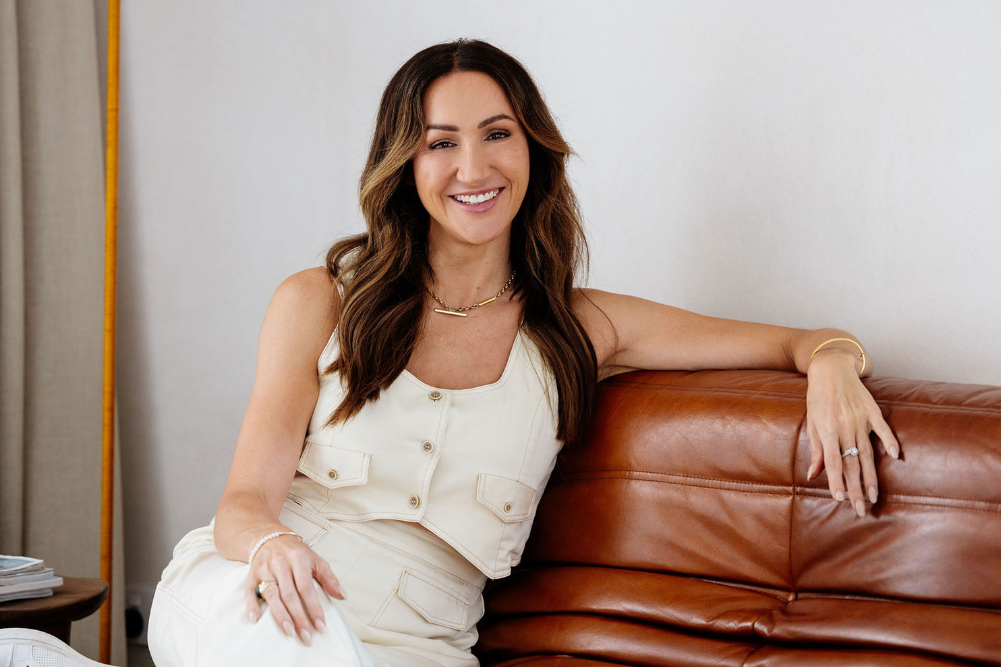Sustainability in the suburbs
After travelling around Australia WOOFING (working as volunteers on organic farms) and researching organic growing practices, Alison Mellor and Richard Walter came home and decided to start their own farm. In suburban Wollongong.
“We’d built up an idea of the kind of place we wanted to have and were interested in creating an urban food garden,” Alison says.
The raw materials
“A lot of people think of moving out to the country,” says Richard, “but we decided to buy a 1950s house on a typical suburban block. We wanted to demonstrate that you can live a sustainable life by retrofitting an old house.” While their block, at 923 square metres, is a larger than most, it’s the standard size for the old housing commission houses in their area.
When they bought it, the garden was pretty much all lawn and concrete with a swimming pool and a few small trees. “We spent three months renovating the house,” Richard says, “and in the evenings we worked on landscape design. We didn’t use consultants. We’d had a lot of experience and I’d done a lot of reading. It was time to put all that knowledge into our own plan.”
They checked their soil and discovered it … “wasn’t too bad. We did some soil tests that told us what we needed to add to it to improve its structure and fertility.”
Goodbye lawn
The next stage was to get rid of all that lawn. “We hired a turf cutter, went over the whole block, ripped off the turf and retained the topsoil. We turned the turf upside down — it was kikuyu grass and, because it was so vigorous, we had to introduce some more vigorous groundcovers,” says Richard. “So we bought some additional topsoil and scattered large amounts of green manure crops — alfalfa and various kinds of clover — to out-compete the kikuyu and stabilise the soil. We did this at the end of spring and six weeks later cut it down.”
“That was the soil pretty well prepared for most of the block,” Alison adds, “except for the vegetable garden, which needed more emphasis.”
The plan
There are three main areas of the garden. Most is “food forest” with fruit trees, then a large vegetable garden out the back and native plants on the nature strip to attract birds and biodiversity.
“We did the nature strip first — mulched the lawn with piles of wet newspaper to smother the kikuyu and punched holes through it to plant the native trees. It’s a pretty effective way to kill off the grass in a small area,” says Alison.
After they’d sowed the green manure, they added gypsum and lime to the soil based on the results of the soil tests and did some earthworks to divert the water around the block to where it was needed.
“We also set up some piping to allow us to reuse the grey water from the shower and washing machine and divert it to water-loving plants such as pawpaws and bananas. We also installed a couple of 9000-litre rainwater tanks.”
The next step was to plant the fruit trees, which were strategically placed for wind hardiness, water availability and their size when fully grown. “A lot of thought went into the placing of the fruit trees,” Richard says. “This is about knowing your land, where the prevailing winds are, where the winter morning and afternoon sun is. You want to let sun into certain areas or shade them out. We basically designed the house and the garden as one entity.”
What next?
After the fruit trees were planted, they concentrated on the infrastructure. They built a chicken shed to house two chooks. “We’re looking to get more chooks and maybe a couple of ducks — ducks like snails more than chickens do. We let the chooks out as much as possible,” says Richard. “They freerange through the garden and help with pest control. And we let the vegies go to seed, which attracts birds and beneficial insects.”
“It’s still quite a young garden,” says Alison, “but it all came together quite well because of the months of planning that went into the design. We may have put a couple of fruit trees in the wrong place — but no major mistakes.
And all this work was done with both working full-time, Richard as bush regenerator and Alison as an environmental educator for the council.
You can follow the progress of Alison and Richard’s garden at www.happyearth.com.au, which is also a goldmine of information for the aspiring urban farmer.
Alison & Richard’s tips
- Visit as many other food gardens as you can for ideas and inspiration.
- Check out your local community garden and look out for open home and garden days such as Sustainable House Day.
- Invest time working out an overall design for your garden and then start small and work in stages towards your design, re-evaluating it as you go.







